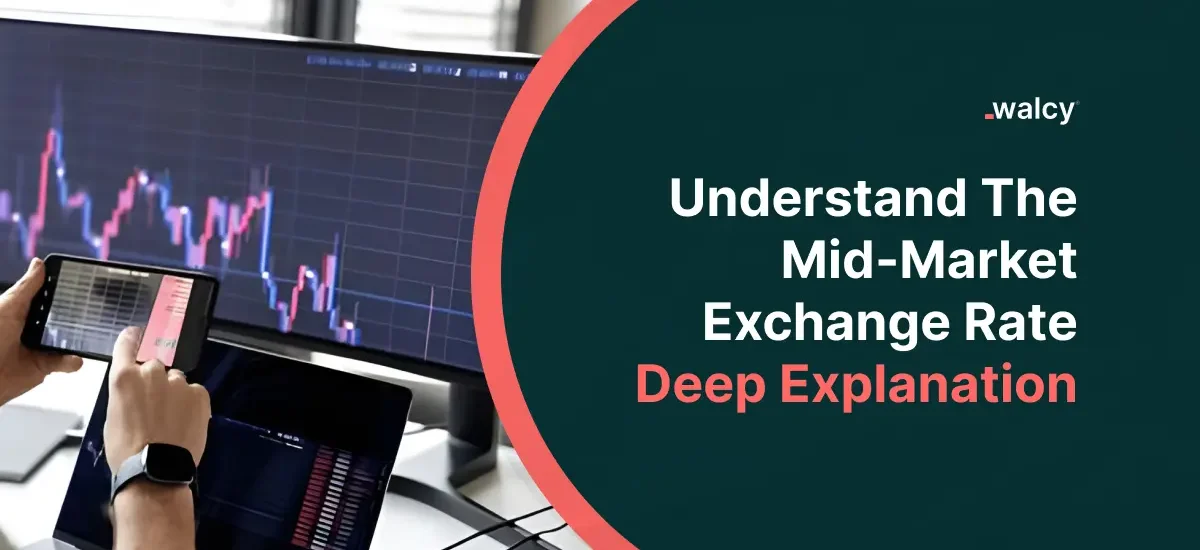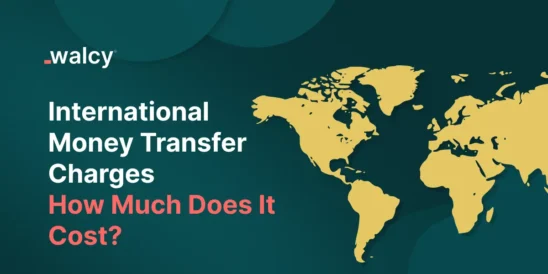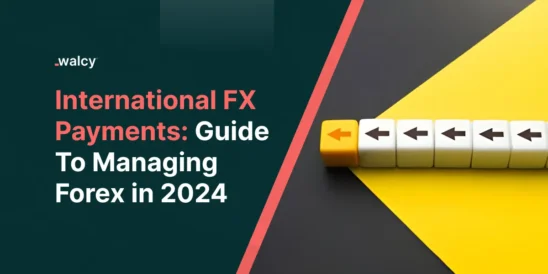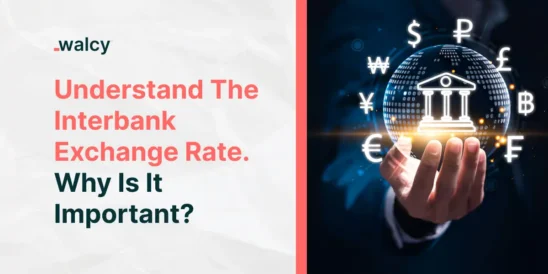If you are familiar with foreign exchange or overseas transactions, you must have heard about the mid-market exchange rate somewhere.
You need to be familiar with the mid-market exchange rate (MMER) if you run an international business. This continually moving value, the interbank rate, is a crucial benchmark for currency exchange transactions.
In this blog, we’ll look at the mid-market exchange rate (MMER) in detail, including what it is, how to calculate it, and some important tips to avoid overpaying.
What Is The Mid-Market Exchange Rate And How It Works?

The mid-market exchange rate is the average exchange rate between two currencies that is used in the global financial markets. The interbank or spot rate is also known as the mid-market exchange rate.
They’re like the “middle point” between a currency’s buying and selling prices of the two currencies to an exchange rate. And when it comes to currency exchange, the mid-market rate is known as the most fair.
The midpoint between the buying and selling prices of two different currencies in the global exchange market is called mid market exchange rate. It is the equal value of one currency to another at a certain point in time.
While doing international transactions, the currency exchange rate (CER) can change very quickly, by the day, hour, or even the minute. Banks and brokers frequently add “spread” which is hidden and extra charges from the real charge rate.
For example, while money exchanges are being made, banks and brokers may add extra fees reflecting the higher cost to the customer.
The main problem is the unexpected hidden and additional charges are not clear and sometimes smart customers are also unaware.
In some cases, the details are in tiny print so customers can’t figure out the details of extra charges. That is the reason the mid-market exchange rate is important to know.
You should know the mid-market exchange rate to cut off the extra charges from the fees and other things. it helps to figure out what you are being charged so you can know whether that spread is reasonable or too expensive.
Read about: What Is The Spot Exchange Rate? Deep explanation | 2025
Why Mid-Market Exchange Rate Is Important For International Transactions?
The mid-market exchange rate is one of the most crucial things to know while making international transactions. let’s find out why it is essential:
Benchmark for equity
The mid-market rate perfectly represents the real value of an exchange rate of a current global market situation. This gives you a common rate to compare the rates offered by different financial providers for international transactions.
Transparency and fee comparison
After knowing the mid-marketing exchange rate you get to know about the real cost of the currency exchange rate and you can identify the hidden or extra costs from currency exchange kept by financial service providers. from there, you can compare the mid-market exchange rate with the offered rates, so you can identify if you are having a fair deal or if you are being charged overly.
Planning and Negotiation
After knowing the mid-market exchange rate, you can plan and budget the international currency exchange more effectively and you can negotiate very wisely with financial service providers in currency exchange rates, especially for large transactions. You can also select financial service providers that offer less than others and this leads to reduce the rates that you are charged for international transactions.
Encouraging Global trades
The mid-market rates make easy and smooth cross-border transactions. By providing a structured baseline so the business can do transactions with different countries customers.
In conclusion, the mid-market exchange rate matters in international transactions as it is a clear and equal benchmark, helping a lot of businesses to avoid unnecessary and extra charges and helping to make good decisions while doing the international transition.
By knowing the mid-market rate you can easily compare it with the different financial providers to ensure you are having perfect deals for currency exchange.
The clear idea of mid-market exchange rates allows businesses to evaluate and calculate the budget of their foreign currency exchange financial providers.
Read about: International Money Transfer Charges | How Much Does It Cost?
How Is The Mid-Market Exchange Rate Calculated?
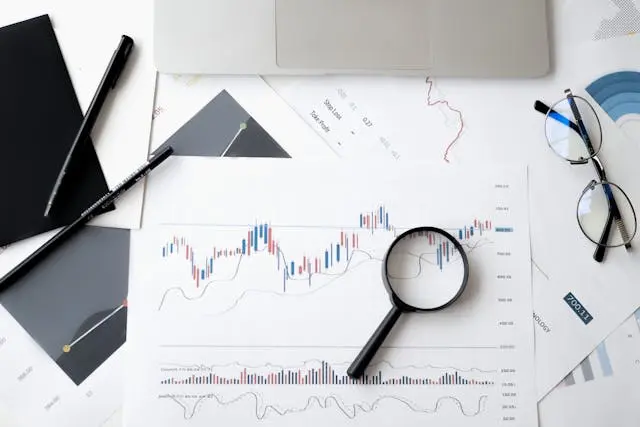
You can easily calculate the mid-market exchange rates by taking an average of buy and sell rates from market participants. This helps to minimize large variations in currency exchange rates.
In foreign exchange (FX), mid-market exchange rates are calculated by using the midpoint between the bid and ask rates. The bid price is the highest price buyers are going to pay, while the asking price is the lowest price sellers are going to accept.
Calculate the Mid-Market Rate: The mid-market rate is calculated by taking the average of the bid and ask prices. Here’s the formula:
Mid-Market Rate= (Bid Price + Ask Price) / 2
For example,
let imagine you have the given bid and ask prices for the currency pair USD/EUR:
Bid Price: 1.10 (the highest rate a buyer is trying to pay)
Ask Price: 1.1080 (the lowest rate a seller is trying to accept)
Using the formula, the mid-market rate would be calculated as:
Mid-Market Exchange Rate= (Bid Price + Ask Price) / 2
= (1.10 + 1.1080) / 2
= **1.104**
The mid-market exchange rate is calculated by taking the average of the bid and ask rate for a currency exchange rate.
It works as a clear benchmark, allowing for equal comparison and cost calculation in currency exchange rates and foreign transactions.
By knowing and using the mid-market exchange rate, you can make sure you are getting the best deal for your foreign currency exchanges.
Read about: Exploring The Foreign Exchange Market.
Tips To Avoid Overpaying In Mid-Market Exchange Rate
If you regularly transact internationally and do not know the mid-market rate, you can lead to higher fees with hidden charges. Here are the most effective ways to minimize those heavy fees:
First of all, calculate the mid-market exchange rate before transacting by choosing a reliable source to compare mid-market exchange rates. Additionally, take note of that rate as a starting point to calculate the exact cost that you’re paying.
Avoid accepting highly expensive rates from the different institutes and know the offered rates of difference between the mid-market exchange rate and the financial institution.
Consider all the offering rates and then calculate and compare rates to ensure that it is reasonable. In addition, you must watch out for hidden fees that many financial institutes take as service charges or processing fees.
This can significantly impact the overall cost of the transaction.
Lastly, you can choose other wire transfer providers and Non-banks, which can be a great way to escape from these extra fees at a mid-market rate.
For better understanding, when you send money by the old traditional method, the money moves from your bank to a bank as an intermediary. In some cases, intermediaries are multiple before coming to the designated account.
And every time money is transferred to an intermediary bank you will get additional fees which leads to overpaying.
Neo banks use “blockchain technology” which automatically replaces these intermediary banks or traditional banks and reduces unnecessary overpaying fees.
Fees should be clear and true and the tips for regulating fees are to understand what amount you are paying and research other options to minimize the unexpected and hidden fees in foreign exchange.
Read about: Hidden Bank Fees: What Are They and How to Avoid Them?
Conclusion
The mid-market exchange rate is also known as the interbank rate. It is the midpoint between the bid price (Buyer) and ask price(seller) of different currencies.
Mid-Market Exchange Rate also represents the fairest and most transparent currency exchange rate accessible, showing real market rates without extra fees and hidden charges.
If people frequently need international currency exchange they must have an idea about mid-market exchange rates. It will be useful to compare the offered rates by different financial institutions and it helps to avoid hidden charges.
For businesses, it is important to calculate the mid-market exchange rate to improve their foreign currency exchange by knowing the rate and doing better negotiations to achieve low-rate deals. Moreover, it helps to avoid higher rates.
Everyone can easily calculate the mid-market exchange rate by simply doing proper research and comparing the offerings from different financial institutions.
To calculate it you must know, the bid rate (it is the highest rate a buyer is willing to pay) and ask rate (it is the lowest rate a seller is willing to accept). The formula is also important to know the mid-point
Mid-Market Rate= (Bid Price + Ask Price) / 2
You can avoid overpaying in foreign exchange by simply knowing the mid-market exchange rate and calculating it.
You have to compare the rates between buyer and seller and avoid expensive rates. To get the best deals you can use neo-banks rather than traditional banks.
Neo banks used blockchain technology to reduce intermediary banks and their hidden fees.
Read about: How Global Bank Accounts Differ To Traditional Bank Accounts
FAQs
What is the mid-market rate?
The mid-market rate is also known as the interbank or spot rate and the average exchange rate between two currencies that is used in the global financial markets. They’re like the “middle point” between a currency’s buying and selling prices of the two currencies to an exchange rate.
Why is the mid-market rate important to international transactions?
The mid-market exchange rate has set the clear benchmark for comparing exchange rates given by different financial providers while doing international currency exchange. Knowing mid-marketing exchange rates consumers and businesses can avoid overpaying for currency exchanges.
How can I calculate the mid-market rate?
You can calculate by knowing the average buy (the highest rate a buyer is trying to pay) and sell (the lowest rate a seller is trying to accept) rates from market participants.
formula is:
Mid-Market Rate = (Bid Price + Ask Price) / 2
Where can I find the mid-market exchange rate?
You can find it in Online currency converters or you can check real-time mid-market rates from financial news websites. You can also check rates in neo-banks like Walcy.
Can I avoid overpaying while foreign currency is exchanged?
Yes, you can avoid higher pay by knowing and calculating the mid-market exchange rate. Choosing neo banks instead of traditional banks because neo banks reduce intermediary banks and their hidden charges.
What are the advantages of understanding the mid-market exchange rate?
It allows you to negotiate the best deal because its rate is clear and true which allows you to see the rates of currency exchange. It also helps you to avoid hidden and unnecessary charges. It will help you to make wise decisions while foreign currency exchange.
Know about Neobanks. | Know about foreign exchange rates.
Know about overseas payments. | Know about global accounts.
Do follow us on Facebook and Linkedin, to stay connected with us.
